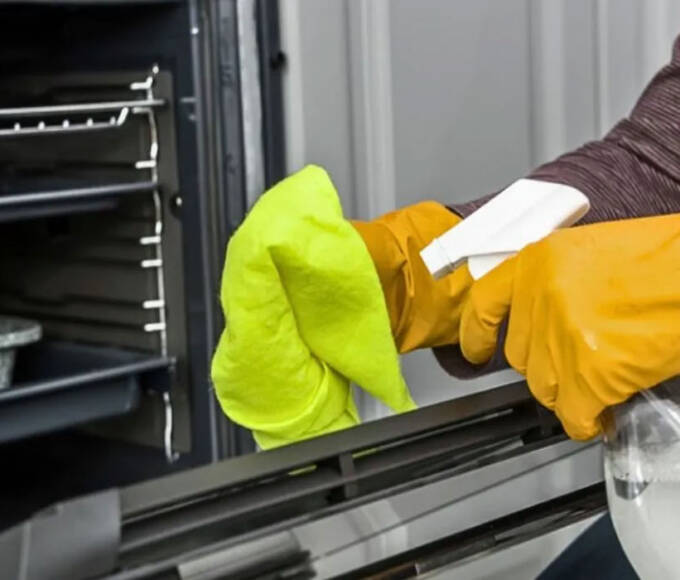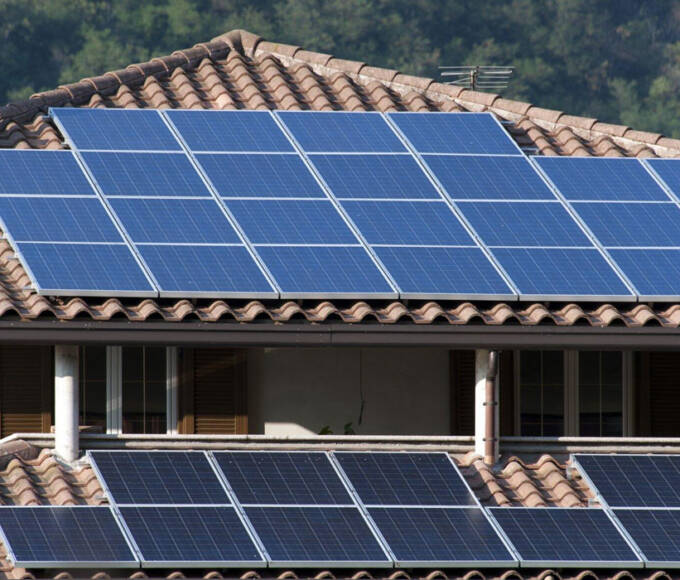Learn why keeping your basement dry with interior basement waterproofing is key to a healthy home. Moisture can cause problems, but don’t stress – there are plenty of solutions! This guide makes it simple, showing you the best and latest ways to do it.
We’ve got everything you need to keep your basement dry, from sealants to drainage tips. Whether you’re dealing with dampness or want to prevent it, we’ll help you get started.
Let’s work together to keep your basement safe from water damage.
Understanding Moisture Sources
Before you apply a basement wall sealer, it’s important to figure out where the moisture is coming from. This could be groundwater, rainwater runoff, or even humidity inside your home. Once you know the source, you can pick the best way to keep your basement dry. It’s not just about using any solution; it’s about fixing the actual problem causing the wetness.
Sealants and Coatings
To keep your basement dry, start with sealants and coatings. They stop small leaks and protect walls and floors from moisture. Pick the right kind – some are for concrete and others for brick walls. Make sure surfaces are clean and dry before applying for the best results.
Interior Drainage Systems
Putting in waterproof tile can help keep your basement dry by catching and directing water away. This usually means putting a drain around the inside edge of your basement that moves the water to a sump pump, which then pumps it out. It’s important to install it correctly, or it might not work well, leaving you with a damp basement.
Sump Pump Solutions
Central to many basement waterproofing membrane strategies is the sump pump, a device that collects and ejects water out of your basement. It’s essential to choose a pump suited to the size of your basement and the volume of water encountered. Regular maintenance is also crucial to ensure reliability. Especially during heavy rains when it’s needed most.
Dehumidifying Strategies
Controlling humidity levels plays a significant role in keeping your basement dry. Dehumidifiers can reduce moisture content in the air. It also prevents the formation of condensation on cold surfaces. For best results, opt for a model that can handle the square footage of your space and comes with a hygrometer to check humidity levels.
Professional Assessment and Solutions
Sometimes, the extent of moisture problems or the complexity of a basement’s construction necessitates professional assessment and intervention. If you’re researching help for basement water damage repair, these professionals can offer custom solutions.
This includes exterior waterproofing methods that might be beyond the scope of DIY efforts. Investing in expert advice can save time, money, and frustration by ensuring the job is done right the first time.
Secure Your Sanctuary with Interior Basement Waterproofing
Waterproofing your basement is key to keeping your home safe from water damage. It’s all about stopping moisture at its source, using sealants, putting in systems to drain water away, using sump pumps, and keeping the air dry. These steps help keep your basement nice and dry.
Opting for professional assessment when needed further ensures the longevity of waterproofing efforts. Ultimately, interior basement waterproofing not only secures your waterproofing foundation but also enhances your home’s overall health.








